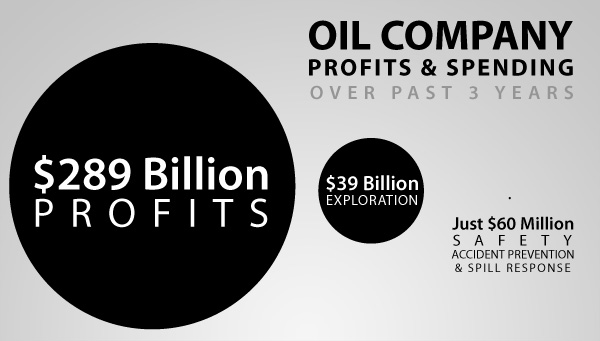Cross-posted from NRDC’s Switchboard
A new analysis of the American Power Act (APA), comprehensive climate and energy legislation released mid-May by Sens. Kerry and Lieberman, points to an economy with healthy growth in GDP and jobs, and significant savings in household energy expenditures. The analysis uses a new and highly innovative tool developed by McKinsey & Company, a widely respected international consulting firm that advises many of the most influential businesses and institutions in the world. The tool is the first of its kind to combine several powerful macroeconomic models with McKinsey’s extensive modeling of individual markets in energy efficiency technologies and abatement options.
The study finds that under APA:
- There will be 440,000 more jobs on average between 2012 and 2020, and 540,000 more between 2012 and 2030. These gains will be in both strong and weak sectors of the economy, with industries experiencing growth under business-as-usual expanding further under APA, and industries in decline being strengthened. This is due to new investment in low-carbon technologies, such as efficient appliances, wind power, or carbon capture and storage.
- While energy prices increase, household utility bills decline due to gains in energy efficiency and allowance rebates to energy consumers. By 2020 households will save an estimated $69 per year, and by 2025 $71.
- Maintain an average annual GDP growth rate of 2.3 percent per year (GDP reflects the value of output, but says nothing about the labor or capital requirements needed to produce that output. Hence, it is possible to have employment gains despite no change in GDP growth).
- Greenhouse gas emissions will be 3.6 billion tons lower per year by 2030, a 45 percent reduction from business-as-usual.
The analysis is consistent with an analysis of APA by the Peterson Institute for International Economics (PIIE):
- PIIE found that under the administration’s increased fuel efficiency standards, households would save estimated $35 per year between 2011 and 2030 in energy expenditures. Further, oil imports would decline by almost 19 percent in 2030 relative to business-as-usual, approximately 40 percent below today’s levels.
- PIIE projected on average 203,000 more jobs between 2011 and 2020, due largely to additional investments in the electricity sector (the McKinsey model projects more jobs due to its rich detail in energy efficiency markets and abatement options).
As good as these results are, we can expect the actual benefits of climate legislation to be far greater: neither of these models (McKinsey and PIIE) estimate any of the environmental benefits of climate protection. As the authors of the studies are careful to point out, their analyses only look at the cost of reducing emissions. “Net effects” refer to overall costs to households (from higher energy prices) minus savings from energy efficiency and rebates back to households from the proceeds from selling pollution allowances. A true measure of net costs (or benefits) to households, however, would subtract off the environmental benefits of reduced pollution.
Measuring only a very small fraction of benefits from climate protection that can actually be monetized (e.g. protecting crops from temperature increases, and coastal properties from rising sea levels), the Institute for Policy Integrity at New York University’s School of Law took the bold step of adding these benefits up and comparing them to the (much smaller) abatement cost of mitigation. Using the most conservative assumptions at every corner, their study finds that this limited subset of benefits could be as much as 9 times higher than the costs. Notably, these benefits exclude the potentially catastrophic outcomes scientists worry the most about (e.g. a complete melting of the West Antarctic ice shelf or Greenland’s ice sheets, either of which would by itself result in a 20 foot rise in sea level), and many environmental assets that are difficult if not impossible to monetize, such as the loss of species and ecosystems-processes already underway (click here, here, and here for examples).
The models also cannot model cost-reducing breakthrough innovations, for the simple reason that they don’t yet exist. Yet how likely is it that we won’t see any? Just looking at the evolution of computers and cell phones over only the last decade, our success in reaching the moon in a decade’s time, and the inexorable force of market innovation wherever profitable opportunities exist, it is difficult to imagine that rewarding clean energy production won’t unleash an unprecedented wave of clean energy innovation.
All told, we should be asking ourselves not what climate legislation will cost, but rather how much we’ll lose by failing to pass it.


